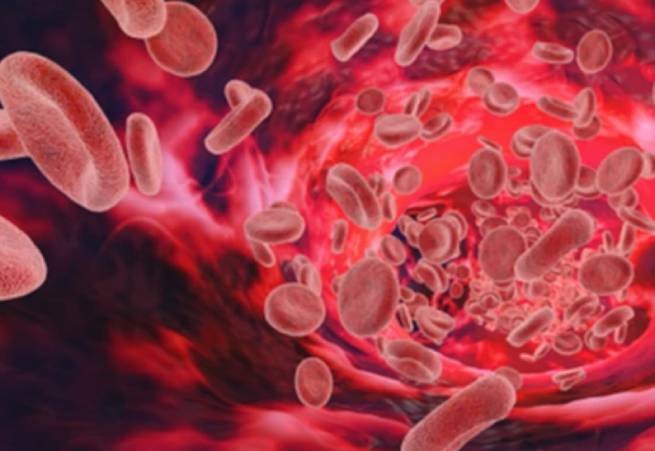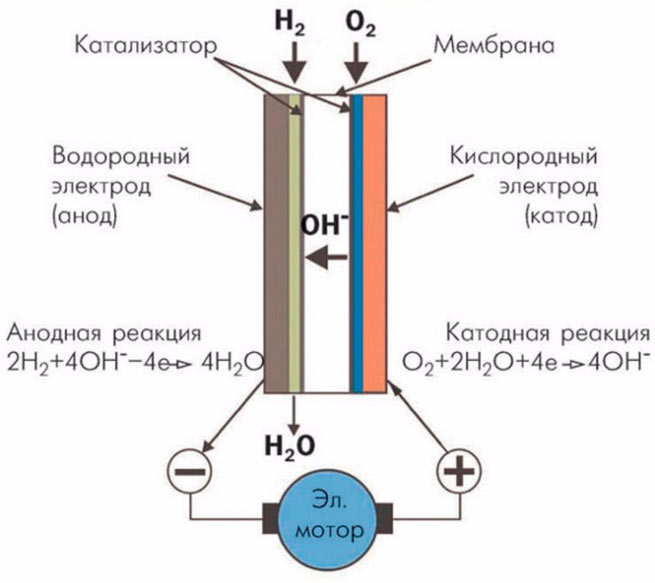The first Greek city bus powered by hydrogen was tested Wednesday on a regular route by OSY SA, which operates buses and trolleybuses for the Athens Transport Authority (Group OASA).
“The bus has been operating in the center of Athens for about a month on the Ano Patisia-Zappio route, carrying hundreds of passengers daily free of charge,” said OSY CEO Stefanos Agiasoglu. “The future of transportation is hydrogen and it’s possible that the future of road transport is based on the vehicle we’ve tested,” he added.
Urbino 12 Hydrogen is provided to OSY by Solaris Hellas SA at an open invitation from the Ministry of Infrastructure and Transport. OSY CEO Stefanos Aghiasoglu said: “We have started a test drive of hydrogen powered buses to evaluate their performance in Greek reality and determine how to prepare our facilities for the requirements of hydrogen powered vehicles.”
OSY is participating in the first European pilot programs for the use of hydrogen in transport and will soon acquire three such vehicles funded by the European Union. Solaris CEO Theodoros Hatzipanagiotis noted that the company has been using hydrogen-powered technology since 2015 and it has a zero carbon footprint.
Bus Specifications
The Urbino 12 Hydrogen is a typical 12m low floor vehicle and can carry up to 37 seated passengers. It has three double-panel doors and an electric ramp in the middle of them for passengers with reduced mobility, heated and anatomical seats, LED lighting that can be adjusted and a tilt system to help passengers get on or off. The bus uses hydrogen fuel cellsthat generate electricity that is transmitted to two electric motors that are built into the rear wheels.
Schematic diagram of the operation of a hydrogen engine
Advantages of a hydrogen engine:
- environmental friendliness in use. Hydrogen transport does not release carbon dioxide into the atmosphere;
- high efficiency. For an internal combustion engine (ICE), it is about 35%, and for a hydrogen engine, from 45%. A hydrogen car will be able to travel 2.5-3 times more on 1 kg of hydrogen than on a gallon (3.8 l) of gasoline equivalent to it in terms of energy intensity and volume;
- silent operation of the engine;
- faster refueling – especially in comparison with electric cars;
- reducing dependence on hydrocarbons. Hydrogen engines do not need oil, the reserves of which are not infinite and, moreover, are concentrated in a few countries. This allows the oil states to dictate prices on the market, which is disadvantageous for developed economies.
Disadvantages of a hydrogen engine:
High price. A liter of diesel fuel in Greece costs about 1.7 euros, and 1 kg of hydrogen equivalent to it costs 8.5 euros. Hydrogen batteries contain platinum (as a catalyst), one of the most expensive metals in the world. Additional safety measures also make the engine expensive: in particular, special storage systems and carbon fiber tanks to avoid explosion.
Infrastructure problems. Hydrogen refueling requires special stations that are more expensive than conventional ones.
Not the most environmentally friendly production. Up to 95% of the raw materials for hydrogen fuel are derived from fossils. In addition, when creating fuel, steam reforming of methane is used, which requires hydrocarbons. So here again there is a dependence on natural resources.
High risk. For use in engines, hydrogen is compressed 850 times, due to which the gas pressure reaches 700 atmospheres. In combination with high temperatures, this increases the risk of self-ignition. Hydrogen is highly volatile, penetrates even small cracks and ignites easily. If it fills the entire hood and interior of the car, the slightest spark will cause a fire or explosion. So in June 2019, a hydrogen leak led to an explosion at a gas station in Norway. The strength of the shock wave was comparable to an earthquake. After this incident, hydrogen filling stations were banned in Norway.
Hydrogen for fuel can be obtained in different ways. Depending on how harmless they are, the final product is called “yellow” or “green”. Yellow hydrogen is the one that needs atomic energy. Green – for which renewable resources are used. It is this hydrogen that international organizations are betting on.
The most harmless way is electrolysis, that is, the extraction of hydrogen from water using an electric current. So far, it is not as profitable as the others (for example, steam reforming of methane and natural gas). But the problem can be solved if the chain is made closed – to start up the electricity that is released in hydrogen fuel cells to produce new hydrogen.
Technology Perspectives
There are a lot of conflicting statements around hydrogen engines. Some unconditionally believe in their future – for example, Arnold Schwarzenegger back in 2004, being the governor of California, promised that by 2010 his entire state would be covered with “hydrogen highways”. But this never happened. The global economic crisis is partly to blame for this: automakers have had to survive in the most difficult financial conditions, and such technologies require large and long-term investments.
Others, on the contrary, criticize the technology for its obvious shortcomings. So, Tesla founder Elon Musk called hydrogen engines “staggeringly dumb technology”, which is noticeably inferior in efficiency to electric batteries. He is partly right: today, hydrogen cars have to compete with electric cars, hybrids, compressed air and liquid nitrogen vehicles. And so far, they are very far from leadership.







More Stories
Weather forecast: rain and storms in Athens and Thessaloniki on Saturday
Easter with… umbrellas: unstable weather in the coming days – where will it rain
Thodoris Kolidas explains the phenomenon "black sky" on Good Friday